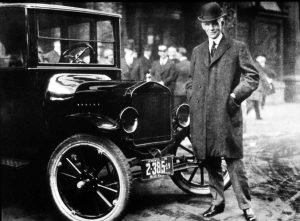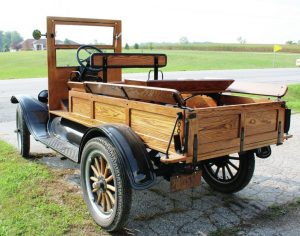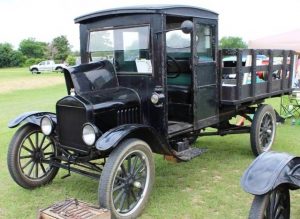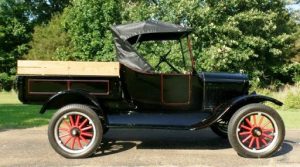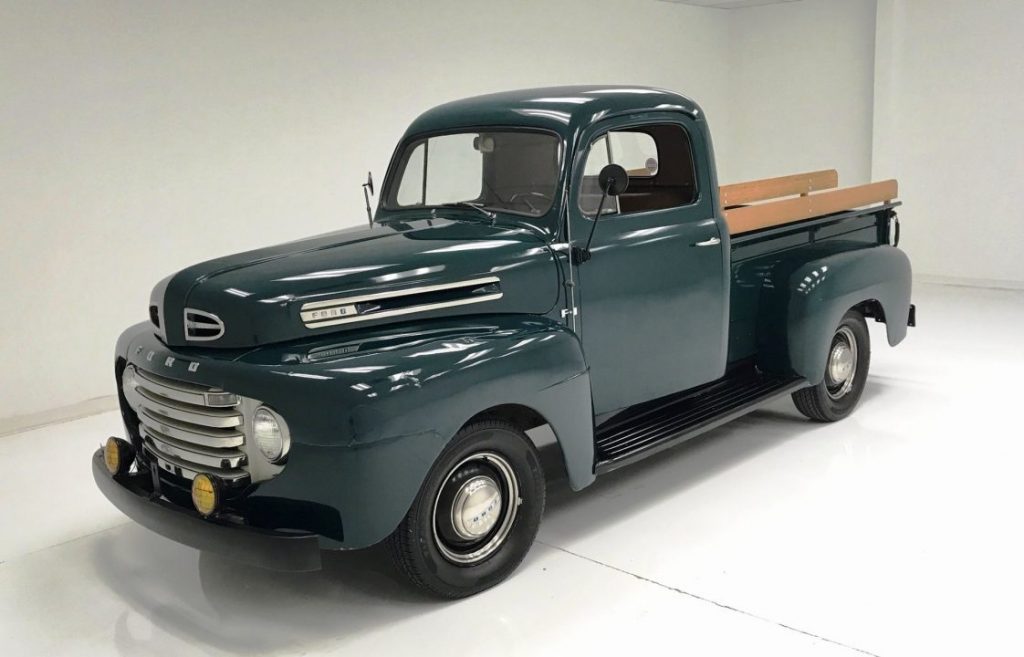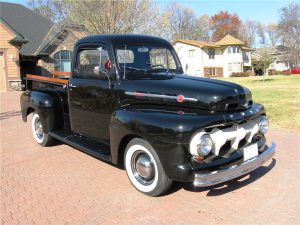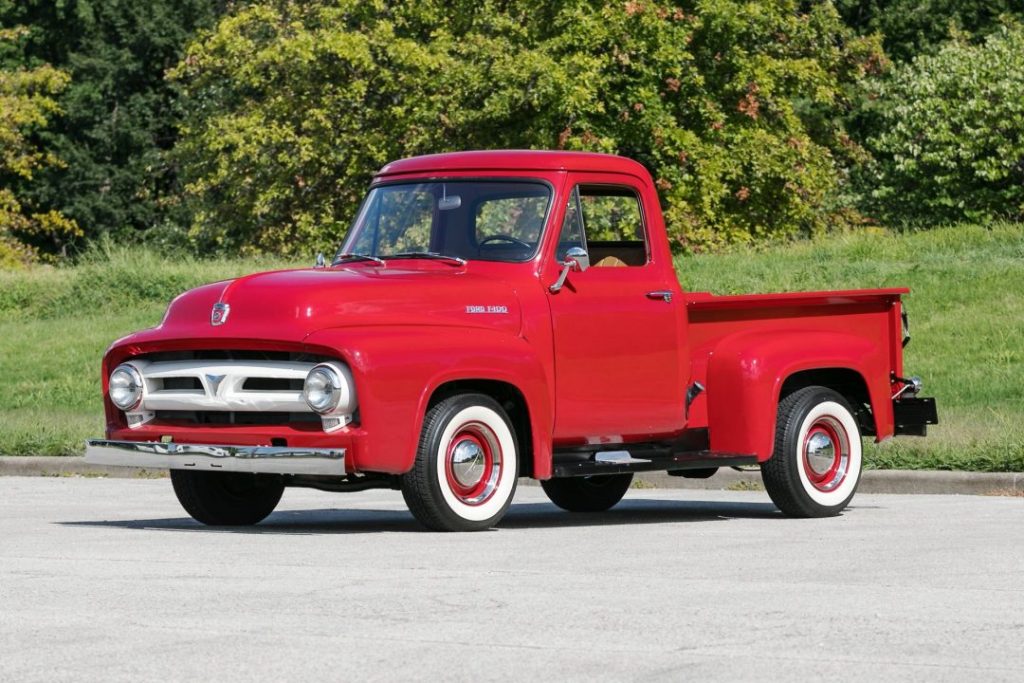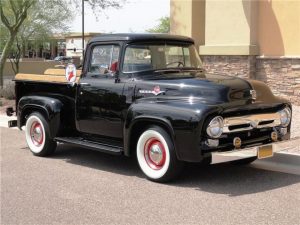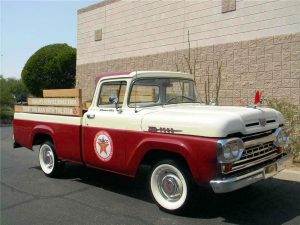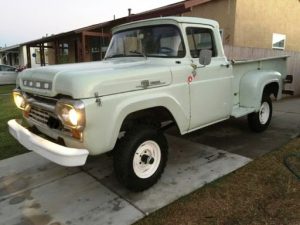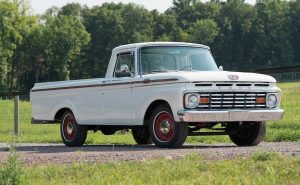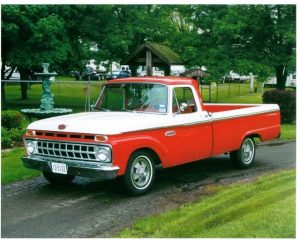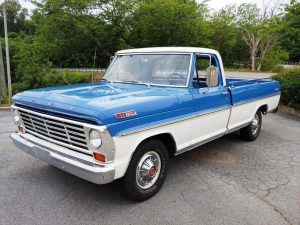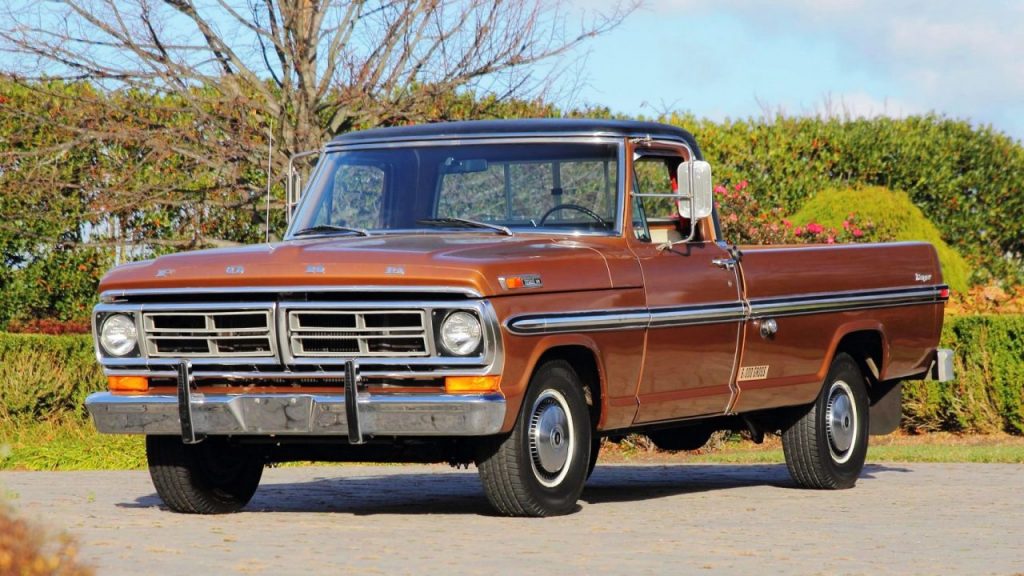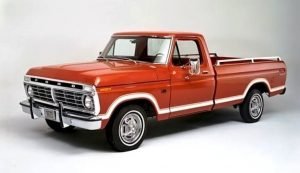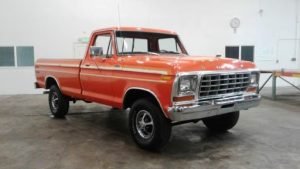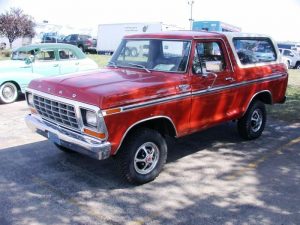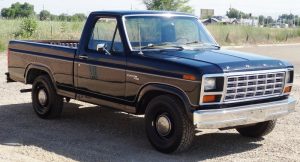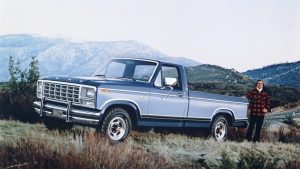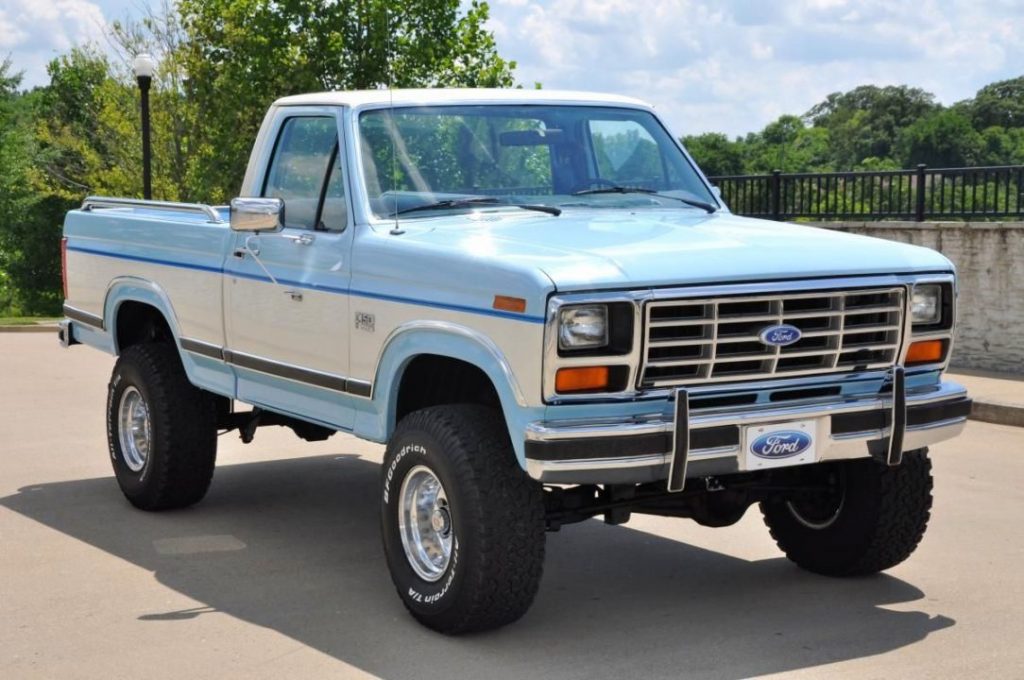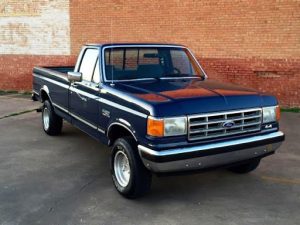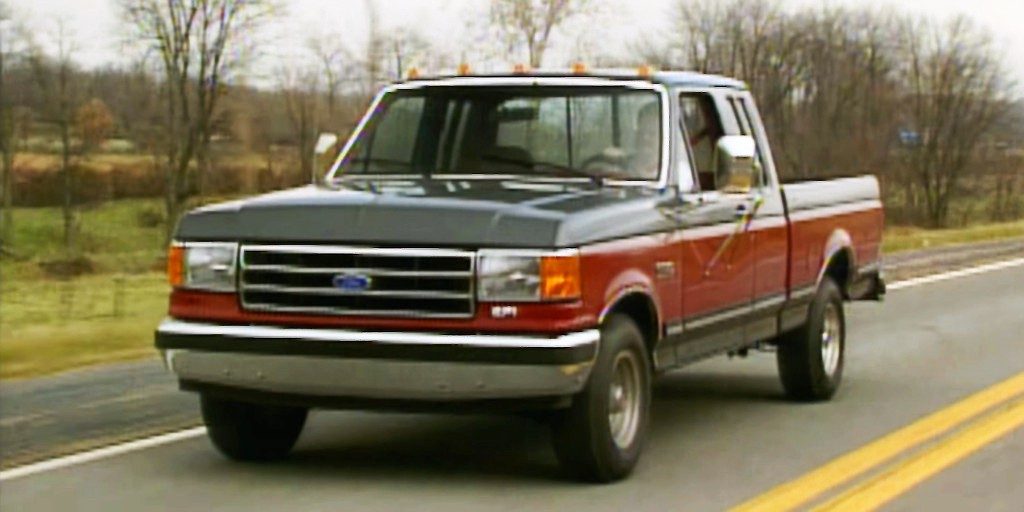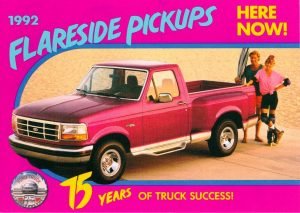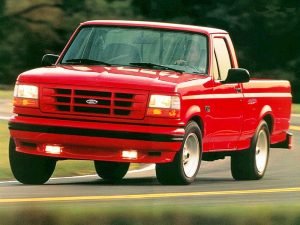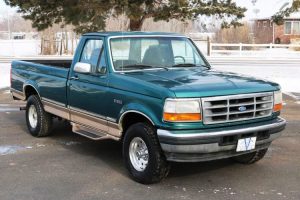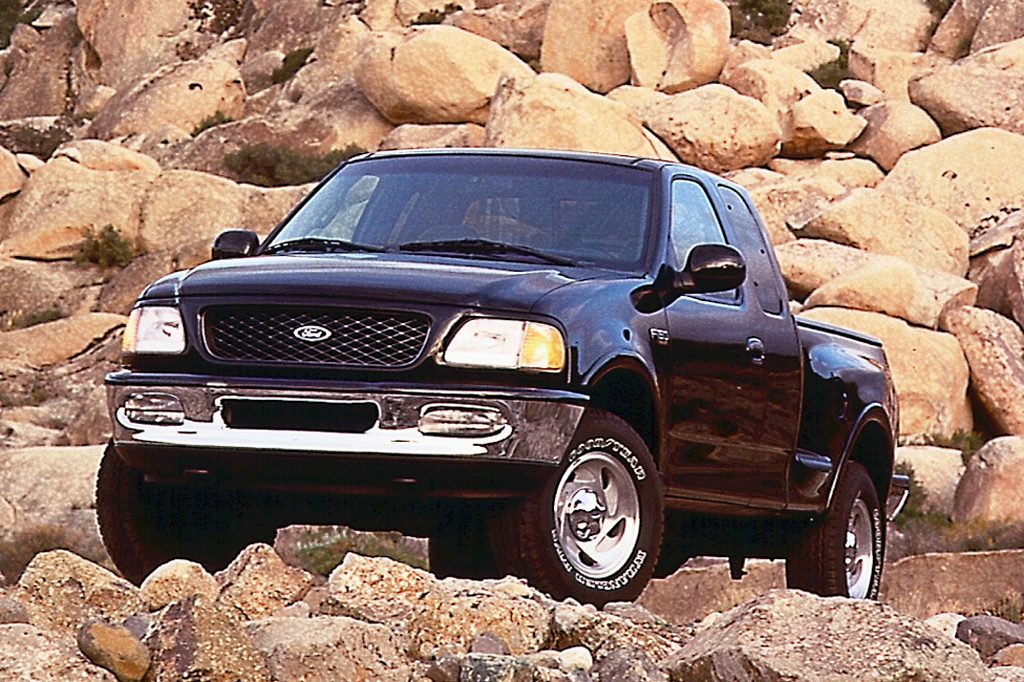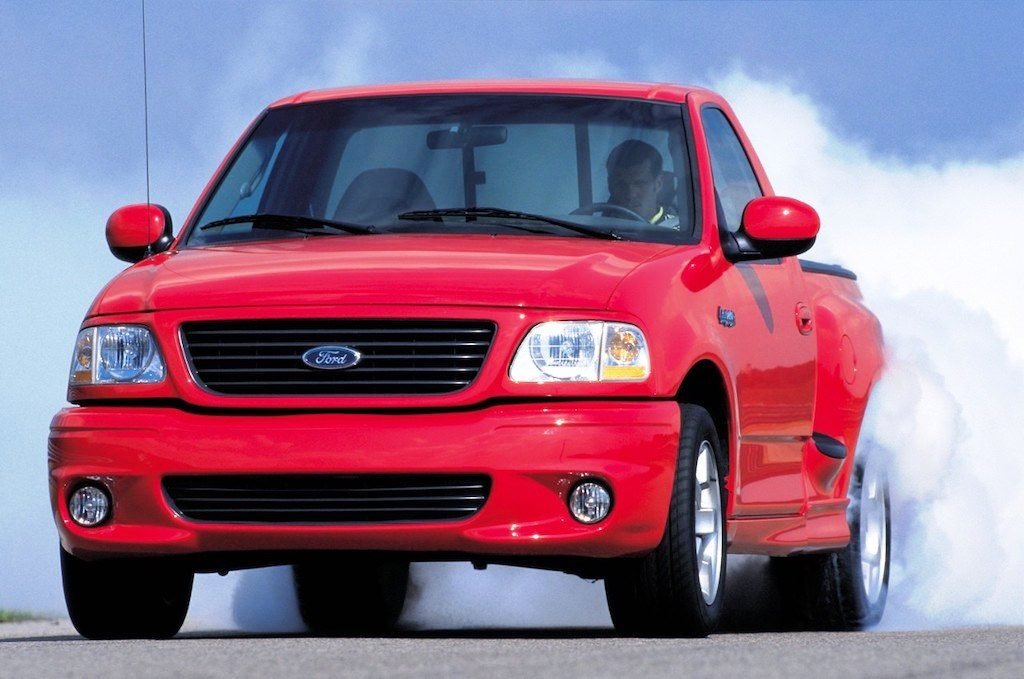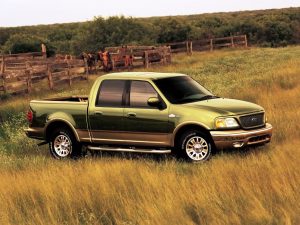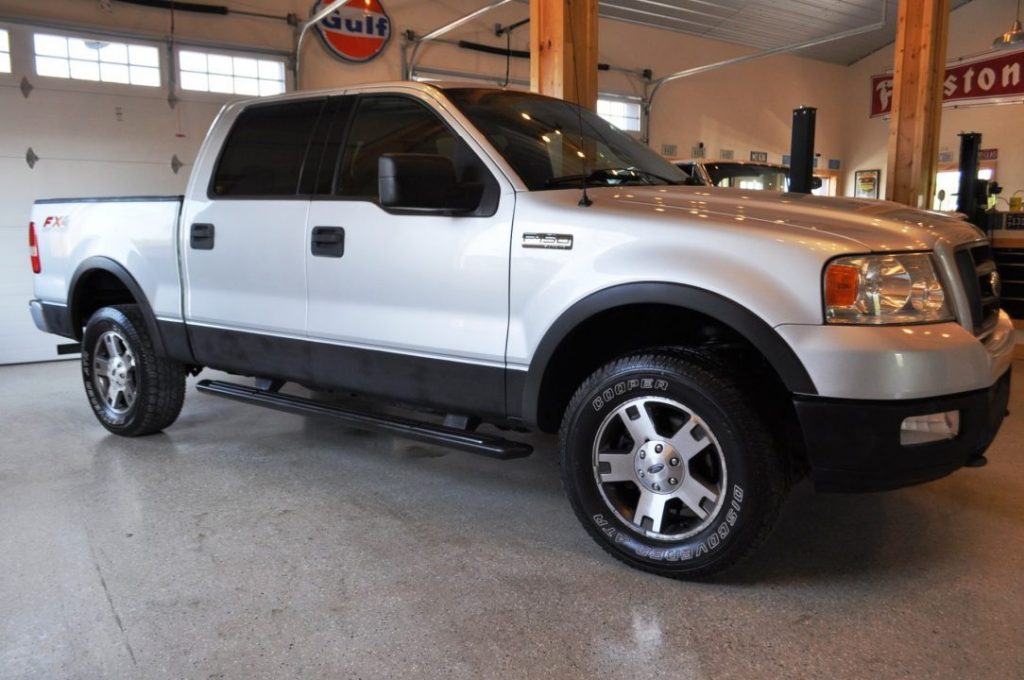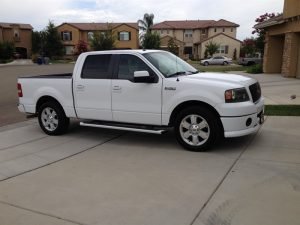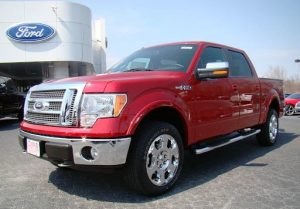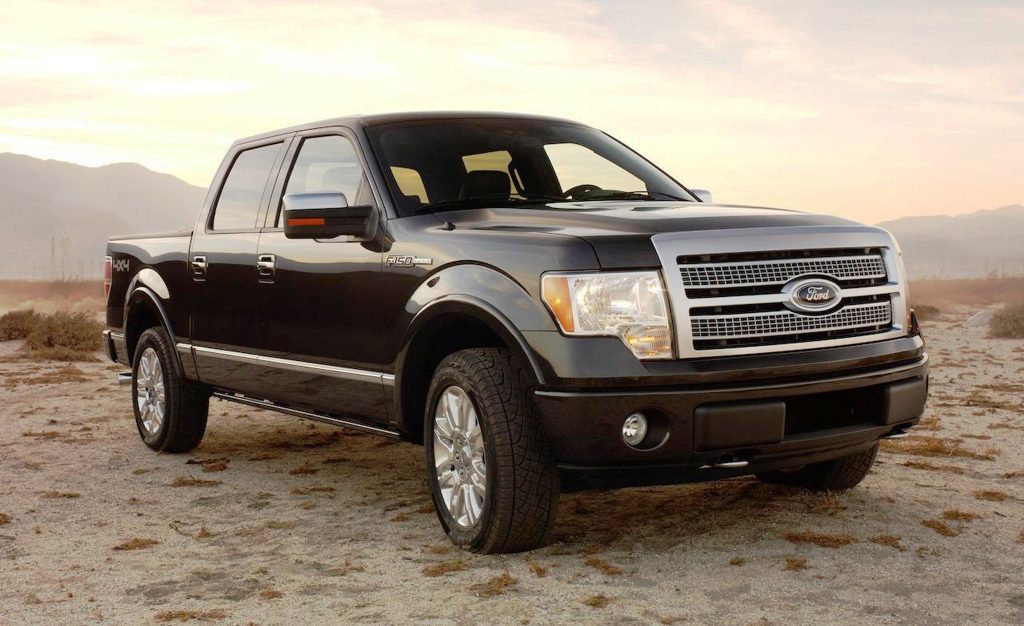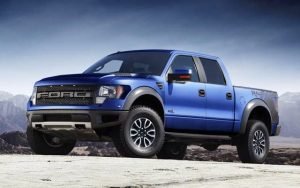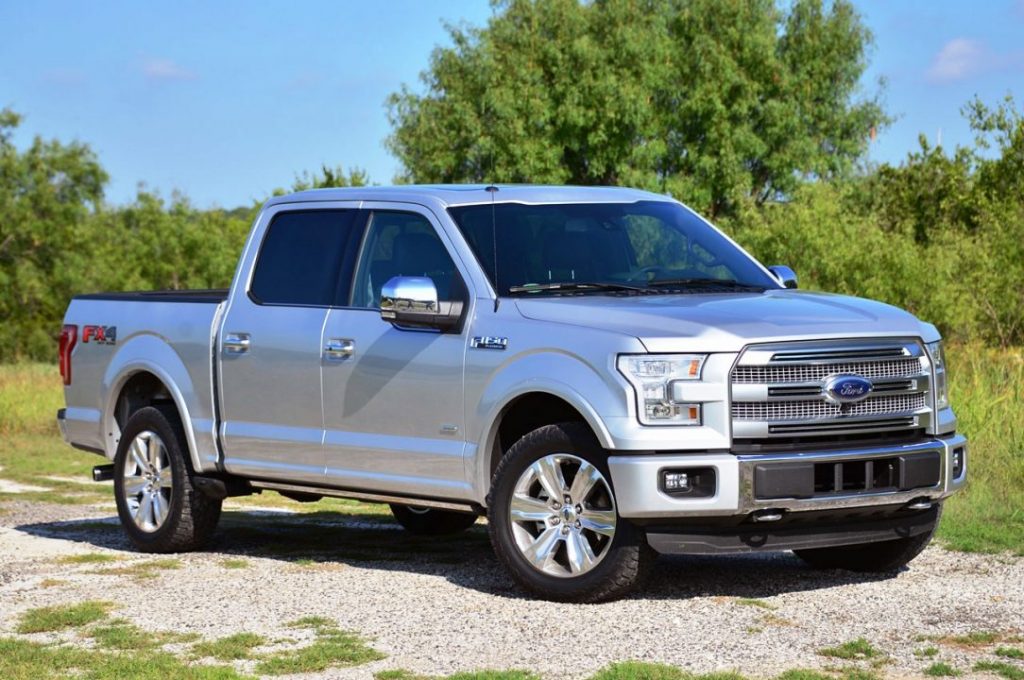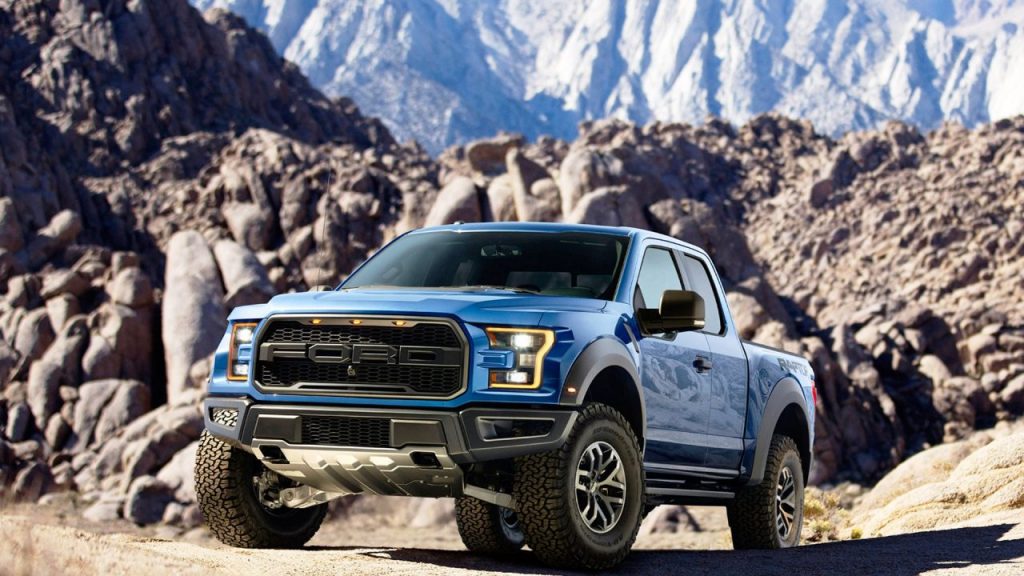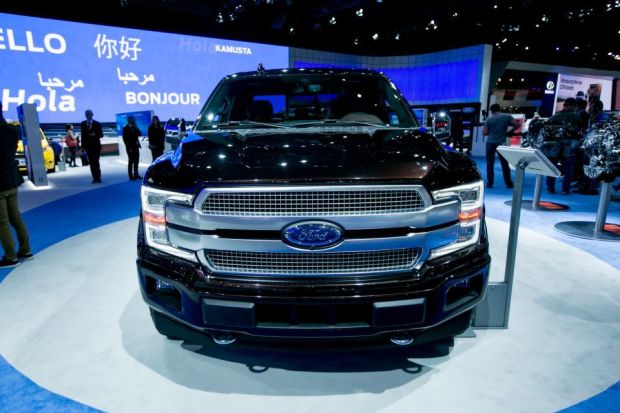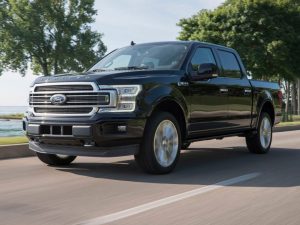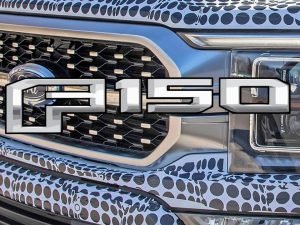When Henry Ford started rolling out his car for the common man, the Ford Model T, in 1908, little did he know that his surname would become synonymous with the best-selling pickup truck 112 years later.
The first pickup trucks were created when owners would hitch a wooden wagon to their Ford Model T to haul produce, lumber or other bulky stuff but they would find it difficult to maneuver, especially on narrow roads, in tight corners and between buildings. Some owners started removing the car body and attaching the wagon’s hauling box directly to the car’s chassis, leaving only the front seats for the driver and a couple of passengers.
In 1913, the Galion Allsteel Body Company built and installed hauling boxes on slightly modified Ford Model T chassis, and on Model TT chassis in 1917. After Dodge introduced a 3/4-ton pickup truck in 1924, Ford came up with the Model T Runabout with Pickup Body in 1925. It was a steel-bodied, half-ton truck with an adjustable tailgate and heavy-duty rear springs. It was the Ford Motor Company’s first shot at pickup truck market dominance.
First Generation (1948-1952)
It would take Ford 23 more years before coming up with the Ford Bonus-Built truck, which would later be simply known as the F-Series truck line. It was launched in 1948 as a replacement for the previous car-based pickup line that started in 1942. The first F-Series was sold in eight different weight ratings, including the F-1(1/2 ton), F-2 (3/4 ton), and F-3 (1-ton).
Second Generation (1953-1956)
FoMoCo, as the Ford Motor Company was then called, introduced the second generation trucks that were larger, updated and improved over the previous model. During this time, Ford introduced the F-Series nomenclature which remains in use up to today: F-100 (1/2 ton), F-250 (3/4 ton), and F-350 (1 ton), etc. The 1956 model featured a wraparound windshield, new doors, a redesigned dashboard, and optional panoramic rear window and seat belts.
Third Generation (1957-1960)
The third generation F-Series trucks were significantly modern compared to the model it replaced in 1957. Front fenders became integrated into the body and the new Styleside bed continued the smooth lines to the rear of the pickup. The cab-over F-Series was discontinued and replaced by the tilt-cab C-Series. Ford began production of four-wheel-drive (4WD) pickups in 1959.
Fourth Generation (1961-1966)
In 1961, FoMoCo introduced a dramatically styled, longer and lower F-Series. The 1961-63 models had an optional unibody design (integrated cab and bed) but it proved unpopular that in 1963, Ford went back to the traditional separate cab and bed. In 1965, a completely new platform, including the Twin I-Beam front suspension, was introduced and the Ranger nameplate made its first appearance.
Fifth Generation (1967-1972)
The fifth generation pickup was built on the 1965 platform with bigger dimensions, more engine choices, and plusher trim levels. Suspension components from all 1969 F-Series models were completely interchangeable to save on manufacturing and assembly costs.
Sixth Generation (1973-1979)
The sixth generation continued to be built on the 1965 platform but with significant modernization and refinements, including front disc brakes, increased cabin dimensions, full double wall bed construction and increased use of galvanized steel. In 1975, the F-150 was introduced in between the F-100 and the F-250 to avoid emission control restrictions. In 1978, the Ford Bronco was redesigned into an F-Series variant.
Seventh Generation (1980-1986)
In 1980, the F-Series received its first ground-up redesign since 1965 with an all-new chassis and larger body that was redone to improve aerodynamics and fuel economy. In 1982, the Ford Blue Oval was added to the center of the grill while the Ranger name was used for the compact pickup model. 1983 marked the final year of the F-100, making the F-150 the lightest pickup available on the market. This F-Series generation was the first to offer power mirrors, power windows, and power door locks.
Eighth Generation (1987-1991)
The interior of the F-Series was completely redesigned in 1987 but the exterior had the same body style from the previous generation. Rounded front end improved aerodynamics and softened body lines arched around the rear of the bed and fenders. Heavy-Duty models included F-250s and F-350s (along with F-Super Dutys), which were classified as incomplete vehicles that were produced with no bed but were made into tow trucks, box trucks, flatbed trucks, dump trucks, and other models.
Ninth Generation (1992-1996)
In 1992, the F-Series was given improved aerodynamics, a slightly lower hood line, rounded front fenders and new grille, to match the newly introduced Explorer and redesigned E-Series and Ranger. The interior received a complete redesign and the FlareSide bed returned as an option. To commemorate the first Ford factory-produced truck, the 1917 Ford Model TT, a 75th Anniversary package was offered. In 1993, the 240-hp SVT Lightning performance truck was unleashed while in 1995, the Eddie Bauer trim made its return.
Tenth Generation (1997-2004)
For 1997, the F-Series pickup line was split in two: the F-150 was designed for personal use while the F-250 and F-350 were designed for work-based customers. The 1997 F-150 was a completely new vehicle with a radically streamlined body, fully independent front suspension, all-new chassis and new engines. It was this model that reintroduced Ford back in to the Philippine market. A rear-hinged curb-side third door was added to the 1997 SuperCab, which gained a fourth door in 1999. The SVT Lightning performance truck returned in 1999. In 2001, the F-150 SuperCrew became the first pickup truck in its size segment to have four full-size doors.
Eleventh Generation (2004-2008)
For the 2004 model year, the F-150 was redesigned on an all-new platform but retained the fully independent front suspension of the previous generation and added vacuum driven front wheel hubs for the 4WD versions. The exterior was sharper with the stepped driver’s window from the Super Duty trucks. All F-150 models had four doors including regular cab models. The F-150 FX4 Off-Road package, which was available since 2004, became its own trim level. A sportier version of the F-150 became available as STX, replaced by FX2 Sport in 2007.
Twelfth Generation (2009-2014)
The 12th-gen F-150 was introduced in 2009 as an update of the Ford full-size truck platform. These are distinguished by their Super Duty-style grilles and head lamps. Standard cab models have two doors instead of four and the FlareSide bed was continued until 2010. A luxurious F-150 Platinum was introduced along with a dedicated off-road pickup, the SVT Raptor. Engine choices included the 5.0-liter Coyote V8 and the 3.5-liter EcoBoost V6.
Thirteenth Generation (2015-2020)
Introduced in 2015, the new model marked several extensive changes, such as reduced curb weight by switching nearly all body panels from steel to aluminum while the frame remains made of high-strength steel. To prove the durability of the aluminum-intensive design, Ford entered camouflaged prototypes into the Baja 1000 endurance race, where the vehicles finished the race and were driven, not transported, back to the factory.
In 2018, the F-150 underwent a mid-cycle redesign that was revealed at the 2017 New York International Auto Show. The long-running 3-bar design used on Ford trucks was changed to the 2-bar design. Additional safety and driver assistance features include Pre-Collision Assist with Pedestrian Detection and Adaptive Cruise Control with Stop and Go.
Fourteenth Generation (2021)
Ford Motor Company announced that the 14th generation F-150 will officially be launched online on June 25, 2020 as a 2021 model. Stay tuned for our report immediately after the launch.
 Power Wheels Magazine A Notch Above
Power Wheels Magazine A Notch Above

